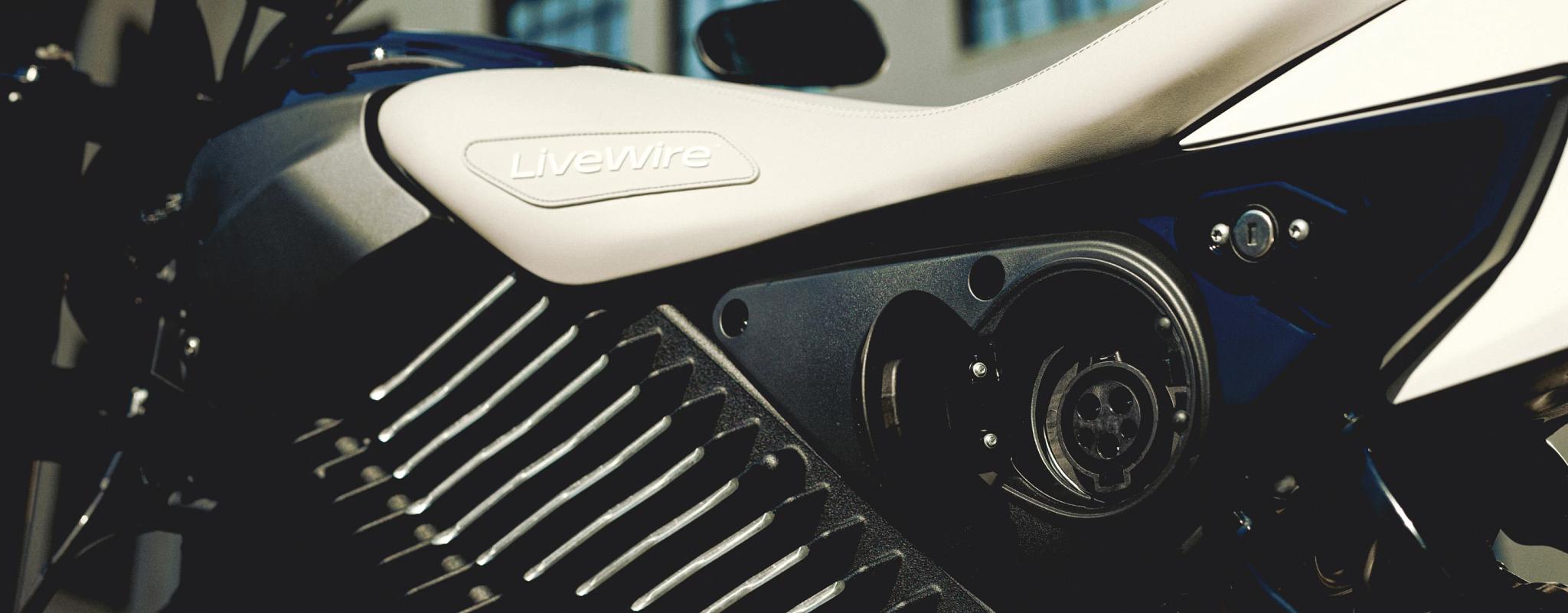
Electric motorcycle charging 101
Like the first time you filled up your gas tank, this simple task requires a little bit of introduction, but if you can charge your laptop than you’ll do just fine charging an electric motorcycle. We’ll walk through the various charging methods to find out which option will be the most effective for your use case.
You’ll often notice that most charging figures only go to 80%, this is because the last 20% of a charge takes longer due to the way charging processes works. As an battery approaches full capacity, the charging process slows down to prevent overheating and to manage the battery's health and longevity. The internal Battery Management System carefully controls the charging rate to ensure that the cells are charged uniformly and to avoid overcharging, ensuring a safe and efficient charge.
Level 1
Level 1 EV charging is the most basic and widely accessible form of charging your LiveWire, utilizing a standard 120-volt US wall outlet. This type of charging is most suitable for home use or topping off at the office or parking garage, allowing electric motorcycle owners to plug in their bikes using the included power cord. While Level 1 charging is convenient and requires no special installation, its charge rate is slow compared to the other charging methods, adding around 10 miles of range per hour of charging. For most use cases, Level 1 Charging is the preferred and most widely used method of charging your LiveWire due to its ease and accessibility.
The S2 Platform on Level 1 Charging times are 5.9 hours for 20-80% and 8.4 hours for a full 0-100% Charge.
The LiveWire One on Level 1 Charging times are 6 hours for 20-80% and 11 hours for a full 0-100% Charge.

Level 2
Level 2 EV charging offers a significant upgrade in speed compared to Level 1, operating at 240 volts. This type of charging is most commonly found in public charging locations, providing a faster charge time that can add approximately 30 miles of range per hour of charging, depending the station's power output. Less commonly found at home, unless a car charger is already in place, installing a Level 2 charger usually involves a professional installation for safety and accessibility reasons, but can provide much quicker turnaround times between rides if your needs required it. With growing infrastructure and advancements in technology, Level 2 charging is becoming an increasingly popular choice for LiveWire owners seeking more convenience. Additionally, many local power companies provide incentives and discounts for installing EV charging stations at home.
The S2 Platform on Level 2 Charging times are 78 Minutes for 20-80% and 142 Minutes for a full 0-100% Charge.
The LiveWire One is not compatible with Level 2 Charging, but is compatible with DC Fast Charging.
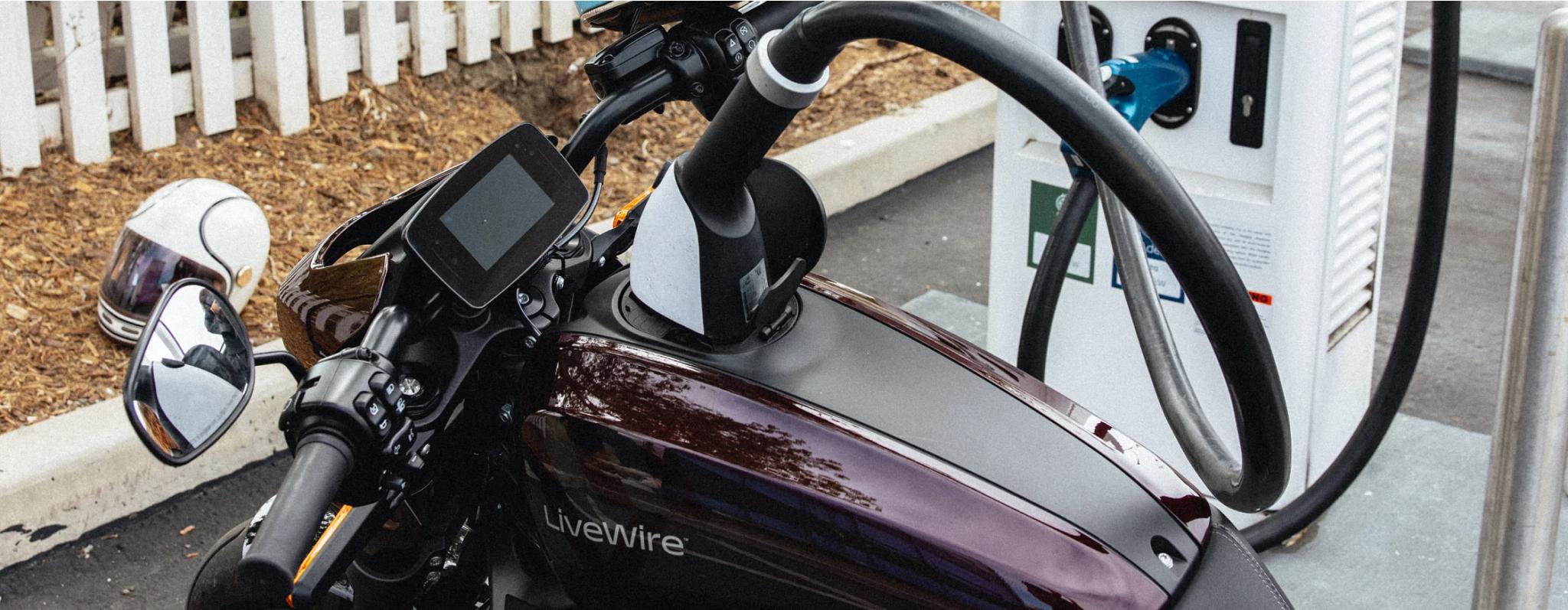
DC fast charge
DC Fast Charging represents the pinnacle of rapid electric vehicle charging, delivering high-powered direct current (DC) to the battery for extremely swift recharge times. Unlike Level 1 and Level 2 chargers that use alternating current (AC), DC Fast Chargers can provide a significant boost in a short period, adding up to 60-100 miles of range in just 20-30 minutes. This makes DC Fast Charging ideal for long-distance travel, where quick top-ups are essential. While DC Fast Charging stations are less common and typically found along major highways or in high-traffic areas, their ability to dramatically reduce downtime makes them a crucial component of the growing electric vehicle infrastructure.
The S2 Platform is not compatible with DC Fast Charge, only Level 1 & 2.
The LiveWire One on DC Fast Charge times are 40 minutes for 0-80% and just 1 hour for a full 0-100% Charge.
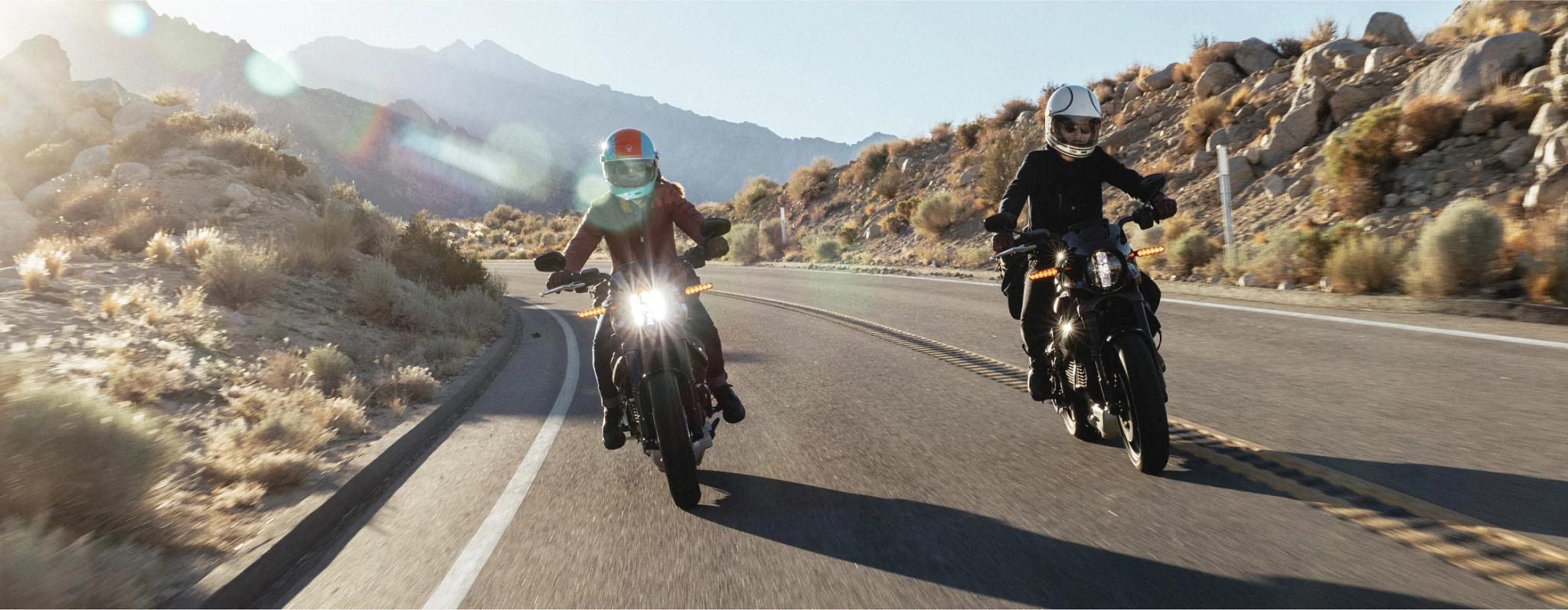
Route planning
As noted above, charging to 100% may not always be the most time efficient way for you to travel long distances. To get the most out of your trip, it’s best to only charge to 80% and then hop to your next one for another 80% as needed.
When traveling longer distances, planning your route to include charging stations is crucial for seamless travel. Many apps make it easy to find charging stations, such as Electrify America, EVgo, ChargePoint, Greenpoint, A Better RoutePlanner (ABRP), and even Google Maps include comprehensive navigation with charging station locations along the way.
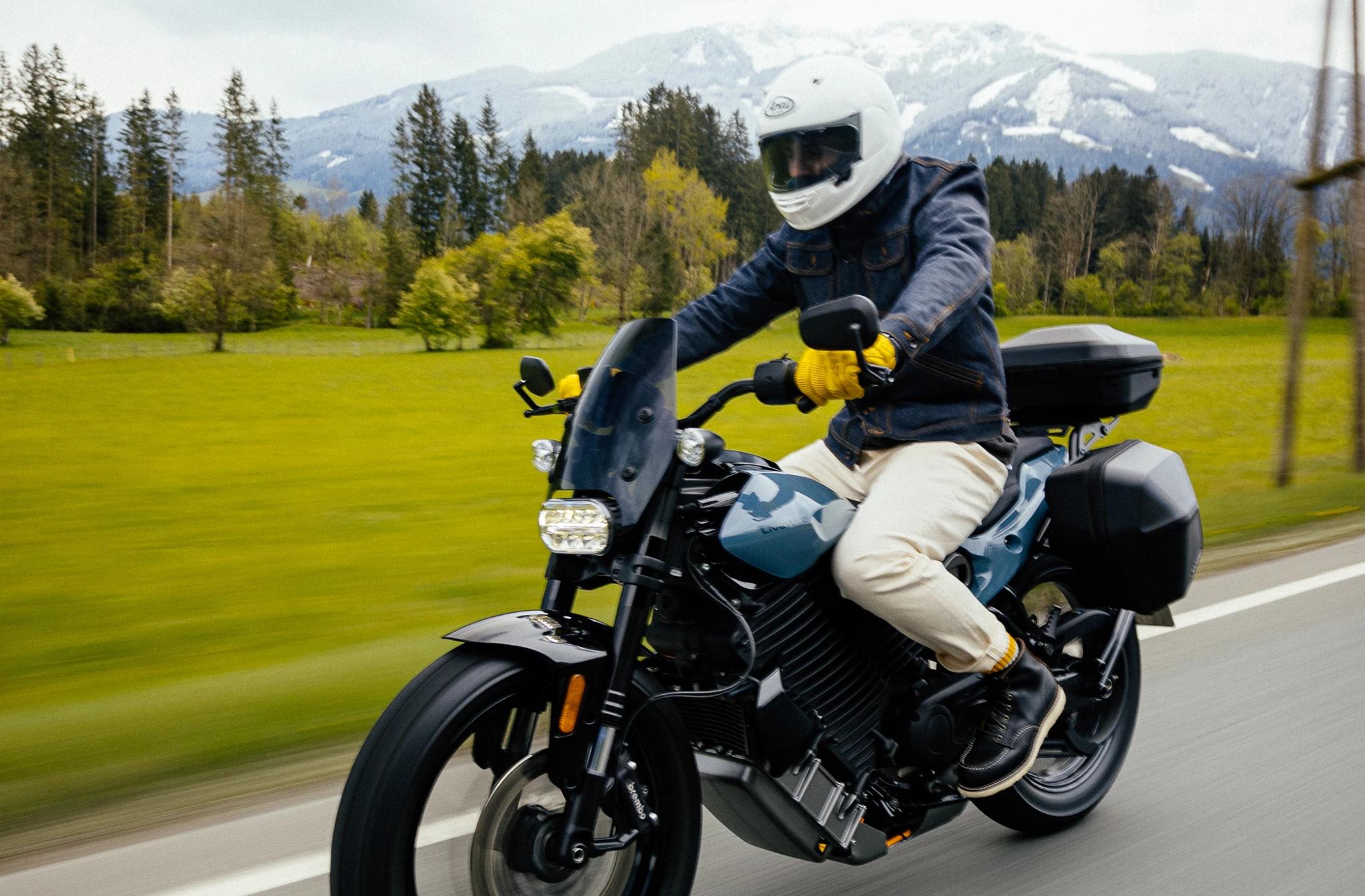
Introducing our collection of accessories for the S2 Del Mar®, now available to suit your unique style and needs.
Our all-new rack, storage, and windscreen options are designed to seamlessly integrate with the S2 Del Mar's design, providing ample space for your gear while maintaining the motorcycle's sleek and aerodynamic profile. Whether you're heading out for a day trip or a longer adventure, we've got you covered.

The top 5 reasons riders are choosing electric motorcycles
Electric motorcycles are relatively new; and much like their four-wheeled counterparts, technology and adoption is quickly evolving thanks to a unique set of advantages over their internal combustion engine (ICE) counterparts. Let’s take a look at some of these advantages and explore how a LiveWire Electric Motorcycle might be right for your next bike.
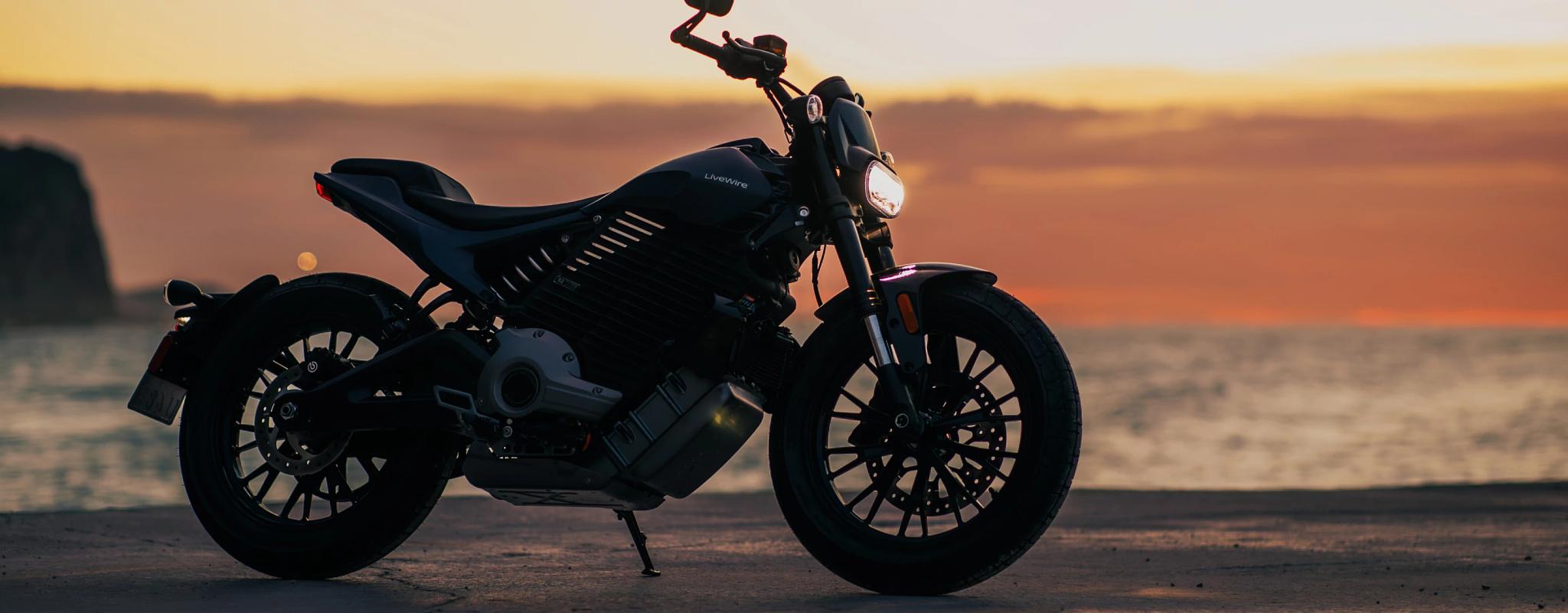
Key differences of electric vs gas motorcycles
Reading up before you demo a LiveWire or just interested about the switch from gas to electric, or maybe you’re just weighing your purchase options? Well we got the list for you, we love our traditional ICE bikes but theres just some things that Electric does better.
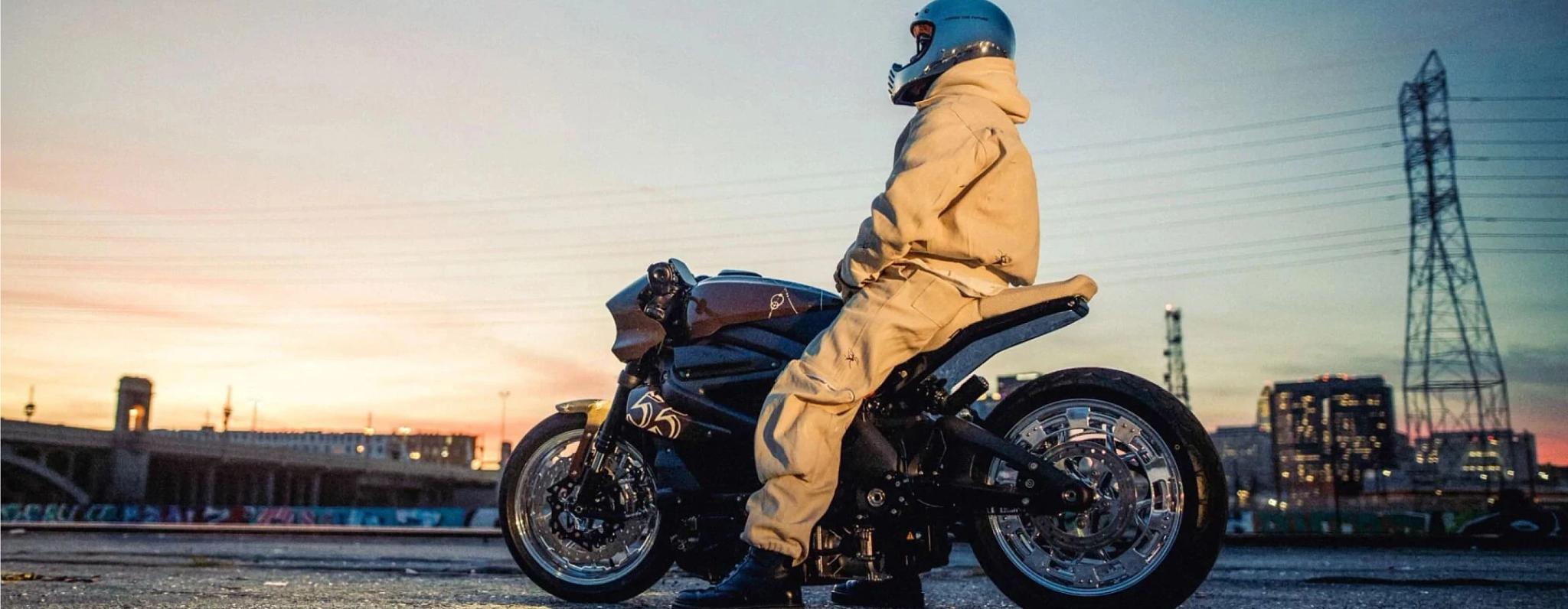
A More Sustainable Future is Truly Electric
All true EVs, including LiveWire electric motorcycles, are considered zero emission vehicles, as they do not produce exhaust or tailpipe emissions. While there is still a carbon footprint associated with LiveWire bikes – mostly due to material production and manufacturing – the environmental impact of electric vehicles is still significantly less than the production and lifetime use of an internal combustion engine (ICE). As technology and infrastructure evolve, and electricity grids become cleaner, the carbon impact of EVs will continue to trend in an overwhelmingly positive direction.


